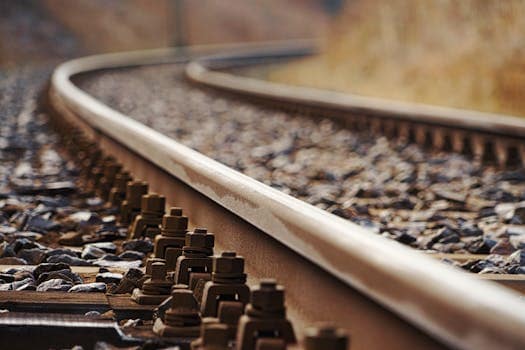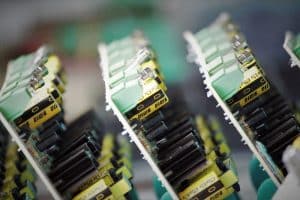Bacterial Roads: Living Infrastructure Systems
Welcome to the Future: Bacterial Roads as Living Infrastructure Systems
The concept of living infrastructure systems may sound like something out of a science fiction movie, but it is quickly becoming a reality thanks to advancements in biotechnology. One such innovation is the use of bacteria for constructing sustainable roads – aptly named “bacterial roads”. This emerging technology has the potential to revolutionize our transportation infrastructure, making it more environmentally friendly and durable. In this article, we will explore the concept of bacterial roads and the potential impact it could have on our future.
The Need for Sustainable Infrastructure
As the world’s population continues to grow, so does the demand for transportation infrastructure. Traditional road construction methods, such as asphalt and concrete, are not only expensive but also have a significant environmental impact. The production of these materials results in high levels of carbon emissions and contributes to climate change. Additionally, roads made from these materials have a limited lifespan and require frequent maintenance and replacement, resulting in further environmental damage and economic costs.
Enter bacterial roads – a greener alternative to traditional road construction.
How Bacterial Roads Work
The idea behind bacterial roads is to use a type of bacteria called Bacillus pasteurii to bind together sand particles and create a durable, sustainable road surface. This bacteria is commonly found in soils and produces a natural cementing agent known as calcite. When mixed with sand and nutrients, the bacteria begins to form calcite, similar to the process of creating stalagmites and stalactites in caves.
The process of creating a bacterial road involves mixing the bacteria and sand together with water and nutrients. The mixture is then poured into a mold and left to harden for a few days, forming a solid, durable surface that is ready for use. The result is a road that is stronger, more environmentally friendly, and longer-lasting than traditional roads.
Advantages of Bacterial Roads
The use of bacteria for road construction offers several advantages over traditional methods. Firstly, the production of bacterial roads emits significantly less carbon dioxide compared to conventional roads. This is because the bacteria used in the process absorb carbon dioxide from the atmosphere, making these roads carbon-neutral or even carbon-negative.
Additionally, the use of bacteria eliminates the need for heavy machinery and equipment, reducing noise and air pollution during construction. Bacterial roads also have a longer lifespan, requiring minimal maintenance and repairs, resulting in cost savings and reduced environmental impact.
Bacterial roads also have the potential to absorb water, reducing the risk of flooding and erosion. This is especially important in areas prone to heavy rainfall, where traditional roads can contribute to water runoff and erosion.
Challenges of Implementing Bacterial Roads
While the concept of bacterial roads is undoubtedly exciting, there are challenges that need to be addressed before it can be fully implemented on a large scale. One of the main obstacles is the cost of production. The process of creating bacterial roads involves several steps and requires specific conditions, making it more expensive than traditional road construction methods. However, with further research and development, it is possible to reduce these costs and make bacterial roads a more viable option.
Another challenge is the skepticism and reluctance from government agencies and contractors to adopt this new technology. Traditional road construction methods have been in use for decades, and it may take some time for stakeholders to embrace this change fully.
The Future of Bacterial Roads
Despite the challenges, the potential benefits of using bacterial roads as living infrastructure systems are too significant to ignore. As research and development continue, it is likely that the production cost of these roads will decrease, making them a more viable option for governments and construction companies. With the increasing focus on sustainability and reducing carbon emissions, it is only a matter of time before bacterial roads become a standard in our transportation infrastructure.
The future of bacterial roads is an exciting one, and the potential benefits it offers are immense. Not only can it help reduce our carbon footprint, but it can also create a more sustainable and eco-friendly transportation network. It’s time to welcome the future of living infrastructure systems with open arms and embrace the use of bacteria for building better roads.
In Conclusion
Bacterial roads, also known as living infrastructure systems, are a game-changing technology that has the potential to transform our traditional road construction methods. With its numerous advantages, including lower carbon emissions, increased durability, and reduced maintenance, it is clear that bacterial roads are the way forward. While there are challenges that need to be addressed before it can be fully implemented, the future of bacterial roads is bright and promising. It’s time to pave the way for a more sustainable and eco-friendly future using living infrastructure systems like bacterial roads.










